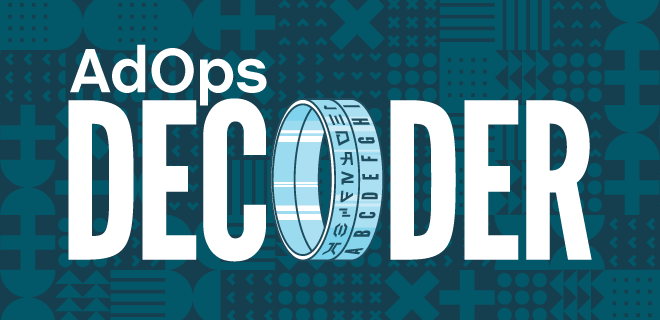
vCPM provides a metric to measure the cost of viewable impressions, helping advertisers optimize their ROI and publishers enhance ad revenue.
Attention metrics are gaining traction, but one fundamental aspect that continues to hold significant value for advertisers is viewability. While advertisers recognize the importance of capturing users’ attention, ensuring their ads are viewable remains a top priority.
Viewability refers to the measurement of whether users see an ad. In the past, publishers could generate revenue solely by placing ads on their websites, irrespective of whether those ads received any views. However, the landscape has transformed dramatically, and advertisers now emphasize viewable impressions. Publishers need to comprehend how the costs of impressions are measured to monetize their digital ad inventory effectively.
To be considered viewable, an ad must meet specific criteria. According to industry standards, an ad is viewable if at least 50% of its pixels are visible on the user’s screen for at least one second.
But how do you measure viewability correctly?
vCPM: The Cost of a Thousand Viewable Impressions
Calculating the value of viewable impressions is where vCPM (viewable cost per mille) comes into play. vCPM represents the cost of a thousand viewable impressions, indicating the number of people who see the ads on a web page. It provides advertisers with a clear understanding of the value they are getting from their advertising investments.
While CPM measures the cost per thousand impressions, regardless of their viewability, vCPM focuses solely on viewable impressions. By leveraging vCPM, advertisers can make informed decisions and allocate their budgets more effectively, optimizing their ROI.
To bid on vCPM, advertisers must be aware of the ad’s visibility percentage and the count of viewable impressions, as these factors determine the resulting vCPM. The total vCPM is determined after deducting any portion of the ad that remains outside the screen, rendering it invisible to viewers.
Attention Vs. Viewability
As the industry ushers in the cookieless era, publishers and advertisers also preach the importance of attention metrics. While creating viewability for your ad is essential, some argue it’s losing relevance because it “simply represents a measure of an opportunity for an ad to be seen – not whether a viewer actually saw an ad.”
Attention metrics grew in prominence because of the lessening popularity of identifiers and the increased difficulty of gaining consumer attention because of the oversaturation of ads online. Brands measure attention metrics through viewability, creative size, interaction, ad position, time of day, publisher or program, audibility, page clutter, device frequency, and eye tracking. Viewability metrics are still vital to understanding attention metrics, so brands need robust measurement tools for viewability.
The Publisher Benefit
Enhancing viewability and vCPM is a crucial objective for publishers aiming to maximize ad revenue. Several strategies can help improve viewability metrics:
- Ad Placement Optimization: Placing ads in strategic positions on a web page, such as above the fold or within the user’s natural line of sight, increases the likelihood of viewability.
- Responsive Design: Implementing responsive website design ensures that ads adapt to various screen sizes and resolutions, allowing for a seamless user experience across devices.
- Ad Formats and Sizes: Choosing ad formats and sizes that align with the website’s layout and content enhances visibility and engagement, driving higher viewability rates.
- Page Load Speed: Optimizing page load times reduces user abandonment and increases the chances of ads being viewed before users navigate away from the site.
- Ad Fraud Prevention: Implementing robust ad fraud detection and prevention measures safeguards viewability by eliminating fraudulent or non-human traffic that artificially inflates impressions.
By implementing these strategies, publishers can elevate their viewability metrics, positively impacting vCPM and attracting higher-quality advertisers to prioritize viewable impressions.
Understanding the concept of viewability, measuring it through vCPM, and implementing strategies to enhance viewability benefit publishers in terms of increased ad revenue and ensure advertisers receive the value they seek from their digital advertising investments. As the industry continues to evolve, keeping a keen eye on viewability will be instrumental in driving success for both publishers and advertisers in the digital advertising ecosystem.